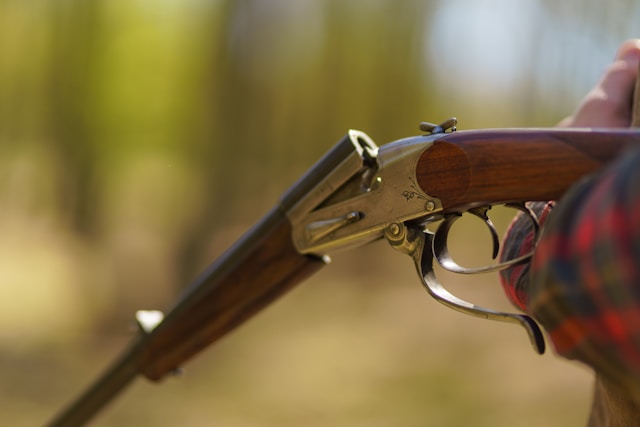
The concept of firearms industry conservation goes far beyond hunting, sport shooting, or personal defense. For decades, firearms manufacturers, hunters, and outdoor enthusiasts have played a vital role in preserving wildlife and natural habitats. Through legislation, taxes, and partnerships, the industry provides consistent funding for conservation projects across the United States. Recognizing this contribution reveals how the firearms sector is deeply intertwined with modern environmental stewardship.
The Historical Link Between Firearms and Conservation
The roots of firearms industry conservation stretch back to the early 20th century, when unregulated hunting caused dramatic wildlife declines. Hunters and firearms users became advocates for conservation, leading to the Pittman–Robertson Federal Aid in Wildlife Restoration Act of 1937.
This landmark legislation placed an excise tax on firearms and ammunition, with all revenue dedicated to wildlife restoration, habitat improvement, and hunter education. Over the decades, this act has generated billions of dollars, creating a sustainable model where the firearms community directly supports the natural resources it depends on.
Modern Firearms Industry Conservation Contributions
Today, firearms industry conservation efforts remain central to wildlife and habitat protection. Taxes collected on firearms and ammunition generate over $1 billion annually in conservation funding. These funds are used for:
- Habitat Restoration: Rebuilding wetlands, forests, and grasslands for thriving ecosystems.
- Wildlife Research: Supporting studies that track endangered and recovering species.
- Public Land Access: Expanding hunting lands, trails, and shooting ranges that benefit everyone.
- Education Programs: Promoting hunter safety, ethics, and conservation awareness.
These initiatives ensure that conservation funding remains stable, even when government budgets fluctuate, making the firearms industry one of the most reliable financial supporters of environmental protection.
Partnerships Driving Firearms Industry Conservation
Beyond federal taxes, companies in the firearms sector strengthen conservation through partnerships and innovation:
- Sponsoring Conservation Groups: Collaborating with Ducks Unlimited, National Wild Turkey Federation, and Rocky Mountain Elk Foundation to restore habitats.
- Community Engagement: Local firearm retailers and ranges host charity events that fund conservation education and projects.
- Sustainable Practices: Some manufacturers invest in greener operations, reducing environmental impacts from production.
These partnerships prove that firearms industry conservation is not just about funding—it’s about actively engaging in the protection and restoration of nature.
The Broader Impact of Firearms Industry Conservation
The benefits of firearms industry conservation extend far beyond hunters and shooting enthusiasts. Restored habitats improve biodiversity, stabilize predator-prey balances, and protect watersheds. Communities benefit through cleaner water, flood prevention, and access to outdoor recreation areas.
Additionally, the economic value is enormous. Hunting and shooting sports bring billions in revenue, creating jobs in rural communities and sustaining local economies. By supporting conservation, the firearms industry contributes not only to ecosystems but also to economic resilience.
Securing the Future Through Firearms Industry Conservation
The firearms industry conservation model is a clear demonstration of how private industries can contribute to public good. With a steady stream of funding, partnerships, and community programs, the firearms sector remains a cornerstone of modern conservation.
As global challenges like climate change and habitat loss grow, this model of collaboration between industry, government, and citizens is increasingly vital. By acknowledging and supporting these contributions, we ensure that wildlife, ecosystems, and outdoor traditions remain strong for future generations.